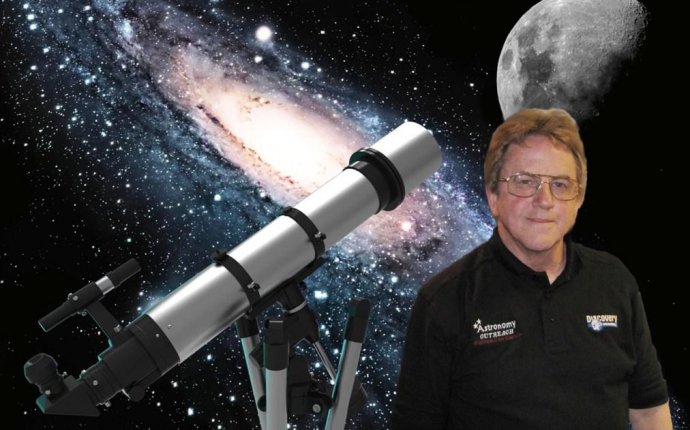
Astronomy Lessons
Digitalis Education Solutions provides these curricula free of charge as a public service to encourage the teaching of astronomy. It consists of astronomy lesson plans for use for kindergarten through twelfth grade students.
These lessons are designed to take full advantage of a Digitarium planetarium projector. However, they can be modified for use with different planetarium systems.
These lessons are written as if an outreach program with a portable dome will be using them. They can easily be modified for use in a fixed dome or by classroom teachers who are already familiar with their classes' knowledge and interests.
Throughout the lesson plans are items in [bracketed italics]. This system is used to separate an instruction from the body of the lesson, to remind you to show an image or video, or to provide possible answers to a suggested question.
These lessons were designed to address National Science Education Standards. You can see how these standards are addressed (PDF).
We would be happy to post translations, modifications, or even your own original lessons if you would also like to contribute to open astronomy education.
If you have suggestions for improving these lesson plans, for resources, or for new lesson topics, please contact Karrie Berglund, Director of Education via email: karrie AT DigitalisEducation.com or phone: (360) 616-8915.
Lessons
These lessons are linked below in PDF (for printing) and RTF (for editing) formats.Kindergarten through second grade
- Moving Right Along (RTF) is an introduction to Earth's rotation and revolution and how those movements affect our view of the sky.
- Sky Stories (RTF) introduces students to the pictures and stories of some Greco-Roman constellations, as well as reasons why constellations were created.
- What's Up? (RTF) explores what we can see in the sky (stars, planets, the moon) and differences between those objects.
Grades 3-5
- Planets (RTF) explores the differences between stars and planets, how we can recognize a planet in the night sky, and planetary motion (prograde and retrograde).
- Star Quest (RTF) introduces some Greco-Roman constellations; students also learn to use star maps to find the pictures in the sky.
- StellarLunar (RTF) explores stars, constellations, and the phases of the moon. Students learn what causes the phases and the name of each phase as they model the earth, moon, and sun system.
- Moons of the Solar System (RTF) explores differences between planets and moons, and introduces students to major moons of the solar system.
Grades 6-8
- Halloween Astronomy (RTF), introduces the history and mythology of Halloween and its relationship with solstices and equinoxes.
- Stellar Navigation (RTF), written for the northern hemisphere, introduces students to the idea of navigating by the stars. Students learn to use stars to determine latitude and compass points, and observe how our location on Earth affects our view of the sky.
- Solstice and Equinox (RTF) explores the relevance of solstices and equinoxes, including how they relate to the seasons we experience.
- World in Motion (RTF) explores what is in motion in our solar system, that Earth's movements give us the day and the year, that gravity keeps planets in orbit around the sun and the moon in orbit around the earth, how to recognize a planet in the night sky, and prograde and retrograde planetary motion.
- Mars (RTF) explores how to recognize the Red Planet in the sky, what makes Mars interesting, and past and future exploration missions to this planet.
Grades 9-12
- Astrology: Fact or Fiction (RTF) debunks astrology, explores the differences between science and pseudoscience, introduces students to the ecliptic and precession, and explains how and why the zodiac signs were created.
- How do we Know? (RTF) explores how we know what we know about our universe by looking at developments in three major eras: Greco-Roman times, the 17th century, and the late 19th century to today.
- Hubble Space Telescope (RTF) explores why the Hubble Space Telescope is in space, as well as several discoveries it has made.
- The Sun (RTF) explores the age, energy sources, and structure of our closest star; discusses the sun's role in supporting life on Earth; and introduces students to different types of solar eclipses.
- Jupiter and the Galilean Moons (RTF) discusses features of Jupiter and each of its four largest moons; explores Galileo Galilei's contributions to modern astronomical knowledge; and introduces students to some past, current, and future missions to Jupiter or its moons.











